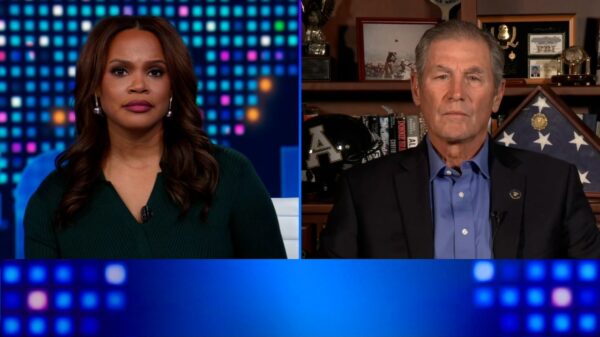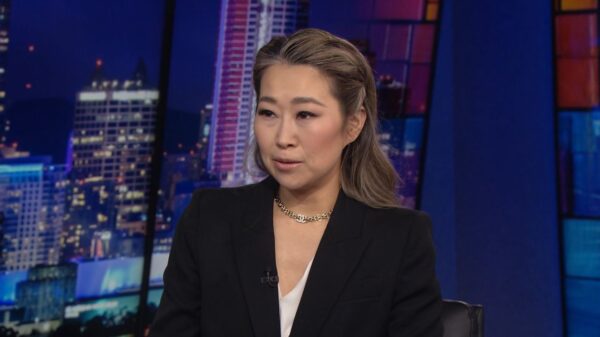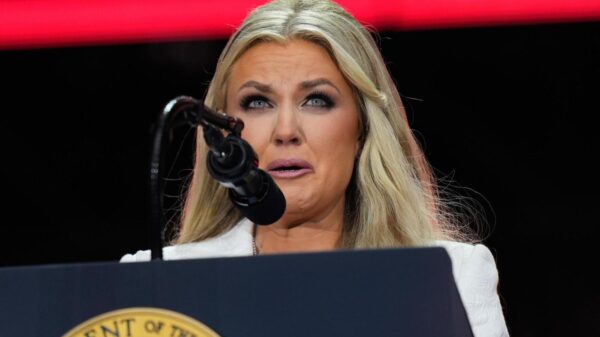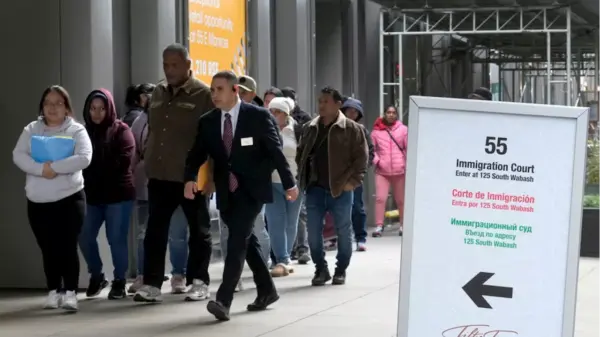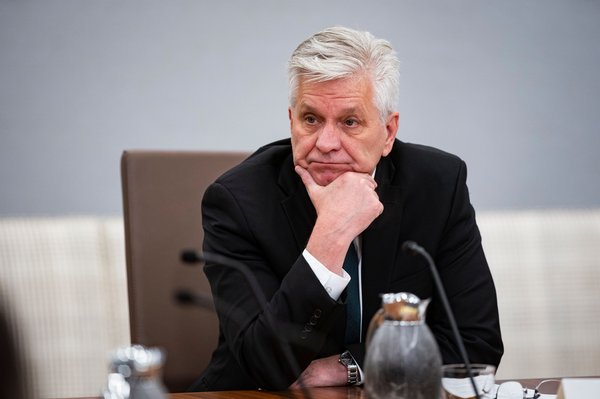Federal Reserve Governor Christopher Waller has expressed a desire to initiate a cycle of interest rate cuts as early as this month. In a statement reflecting on current economic conditions, Waller noted that the U.S. labor market “has come in much softer,” indicating a shift that may warrant adjustments to monetary policy.
The commentary from Waller comes as the Federal Reserve prepares for its next policy meeting, scheduled for September 20, 2023. His remarks suggest a growing consensus within the central bank regarding the need to respond to recent economic data. This includes signs of weakening in the labor market, which could influence the Fed’s approach to interest rates.
Assessing Economic Indicators
The labor market is a critical component of the Federal Reserve’s assessment of the economy. Recent reports indicate that job growth has slowed, with non-farm payrolls increasing by just 150,000 in August, well below expectations. Additionally, the unemployment rate has ticked up to 4.3%, signaling potential challenges ahead.
Waller’s position aligns with the views of several economists who believe that the current economic landscape calls for a reevaluation of interest rates. The Federal Reserve has maintained a target range of 5.25% to 5.50% for its benchmark rate since July 2023 as part of its efforts to curb inflation. However, with inflation showing signs of stabilizing, there is growing pressure to adjust rates to support economic growth.
Potential Implications of Rate Cuts
If the Federal Reserve follows Waller’s recommendation, rate cuts could have significant implications for both consumers and businesses. Lowering interest rates typically aims to stimulate borrowing and investment, which can help to boost economic activity. This is particularly crucial as economic uncertainty looms.
Moreover, rate cuts may influence mortgage rates, personal loans, and credit card interest rates, making borrowing more affordable for consumers. This could lead to increased consumer spending, which is vital for economic recovery.
Waller’s statements reflect a broader discussion within the Federal Reserve about balancing inflation control with the need for economic growth. As the central bank navigates these challenges, the outcome of the upcoming meeting will be closely watched. Investors, businesses, and consumers alike will be eager to see how the Federal Reserve decides to respond to the current economic climate.
In conclusion, Christopher Waller‘s call for rate cuts signals a potential shift in Federal Reserve policy amidst signs of a weakening labor market. As the central bank prepares for its next meeting, the decisions made could have far-reaching effects on the U.S. economy and beyond.



